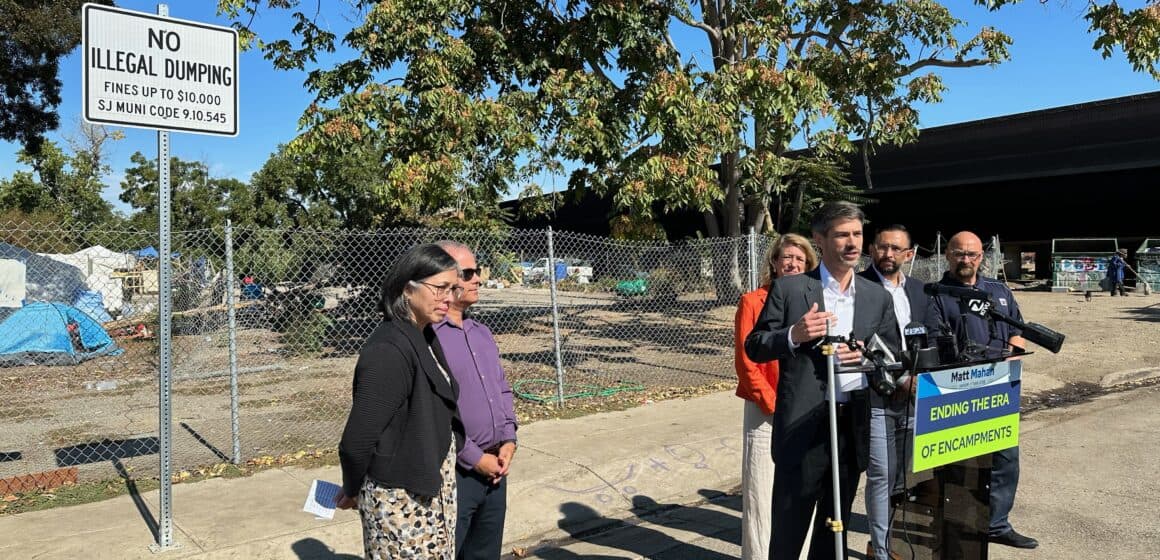San Jose Homelessness Crisis Persists Amidst Silicon Valley Wealth, Drawing Political Scrutiny

SAN JOSE, CA – The persistent homelessness crisis in San Jose, often dubbed the "capital of Silicon Valley," continues to draw sharp criticism and highlight stark economic disparities within one of the world's wealthiest regions. Recent data from the 2025 Santa Clara County Point-in-Time (PIT) count indicates an 8.2% increase in homelessness across the county compared to 2023, with 10,711 people experiencing homelessness. This situation has become a focal point for political commentary, notably from gubernatorial candidate Steve Hilton.
Steve Hilton, a former Fox News host and Republican candidate for California Governor, recently highlighted the visible signs of poverty in San Jose, directly linking them to current political leadership. In a tweet, Hilton stated, > "Third World slum conditions as far as the eye can see. In the self-described 'capital of Silicon Valley.' Watch this video. How dare the Democrats ask for ANOTHER four years in power? Change is coming." This statement underscores a common conservative critique of California's Democratic-led governance.
The 2025 Silicon Valley Pain Index, an annual study by San Jose State University’s Human Rights Institute, further illustrates the deep inequality, revealing that nine households in Silicon Valley hold $110 billion in liquid wealth, significantly more than the combined wealth of the bottom 50 percent. The median home price in Santa Clara County reached $2.1 million in April 2024, making San Jose one of the least affordable metropolitan areas in the U.S. This housing crisis contributed to 4,297 new homeless households in Santa Clara County in 2023, a 24% increase from the previous year.
Local and county officials acknowledge the severity of the crisis, attributing it to systemic factors such as a lack of affordable housing and wage gaps. Santa Clara County has committed approximately $446 million in the 2024-25 fiscal year to homelessness solutions, including prevention, temporary housing, and permanent supportive housing. Between 2023 and 2025, these investments helped over 8,000 people transition from homelessness to housing.
Despite these efforts, challenges remain. A 2024 state audit found that San Jose lagged on implementing recommendations for tracking homeless services expenditures and measuring effectiveness, though the city disputes some findings and points to a 10% reduction in unsheltered homelessness in San Jose between 2023 and 2025. Mayor Matt Mahan has emphasized expanding temporary shelter options, with plans to add approximately 1,400 shelter beds in the current year. However, critics argue that for every household housed, nearly two become homeless, indicating that current interventions are not keeping pace with the inflow into homelessness.